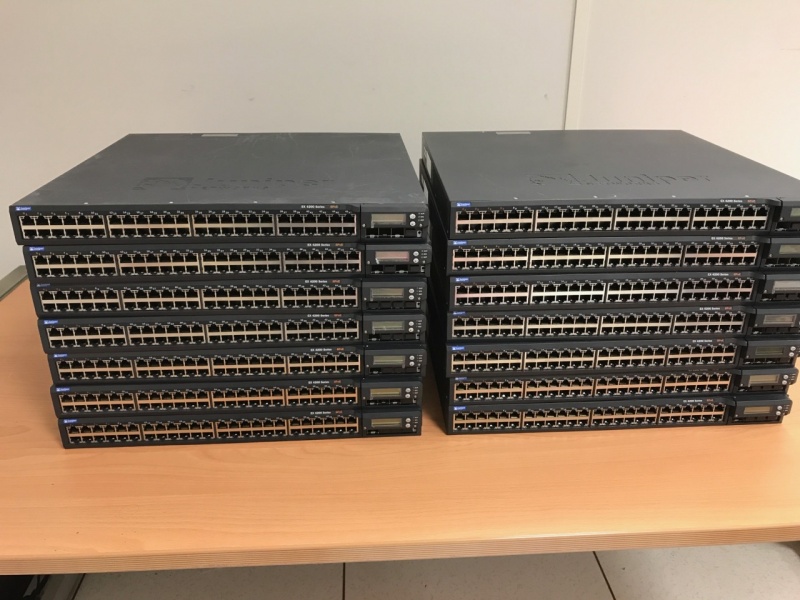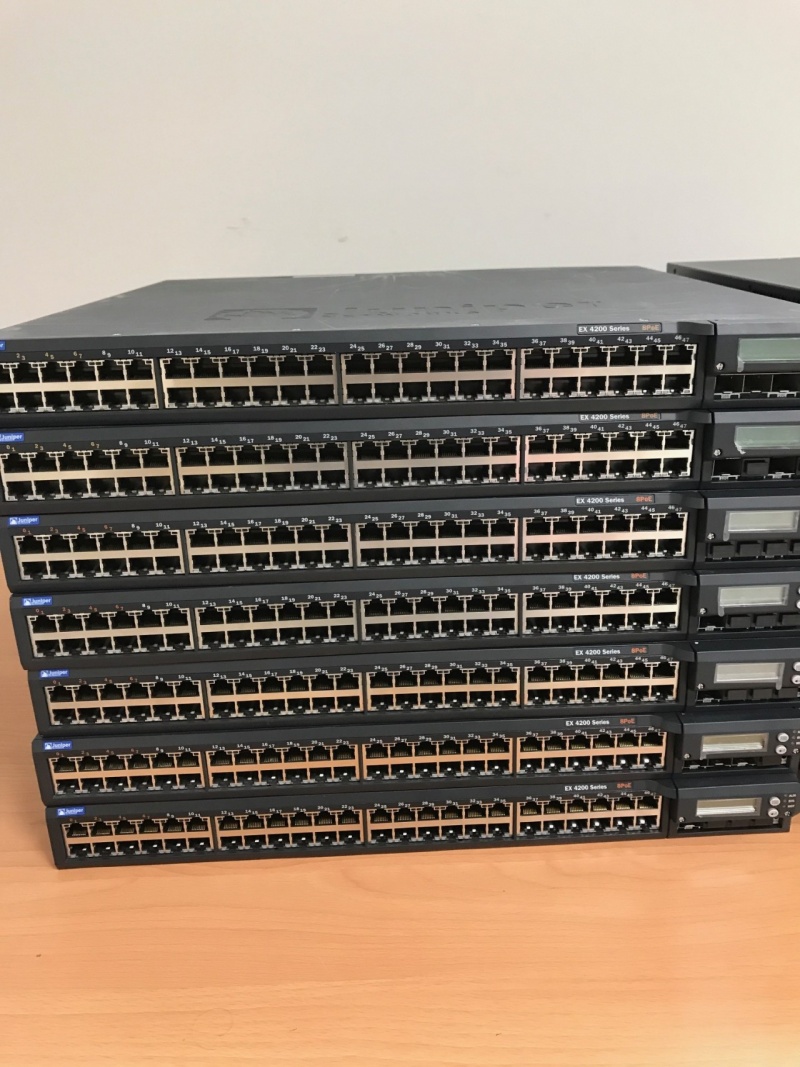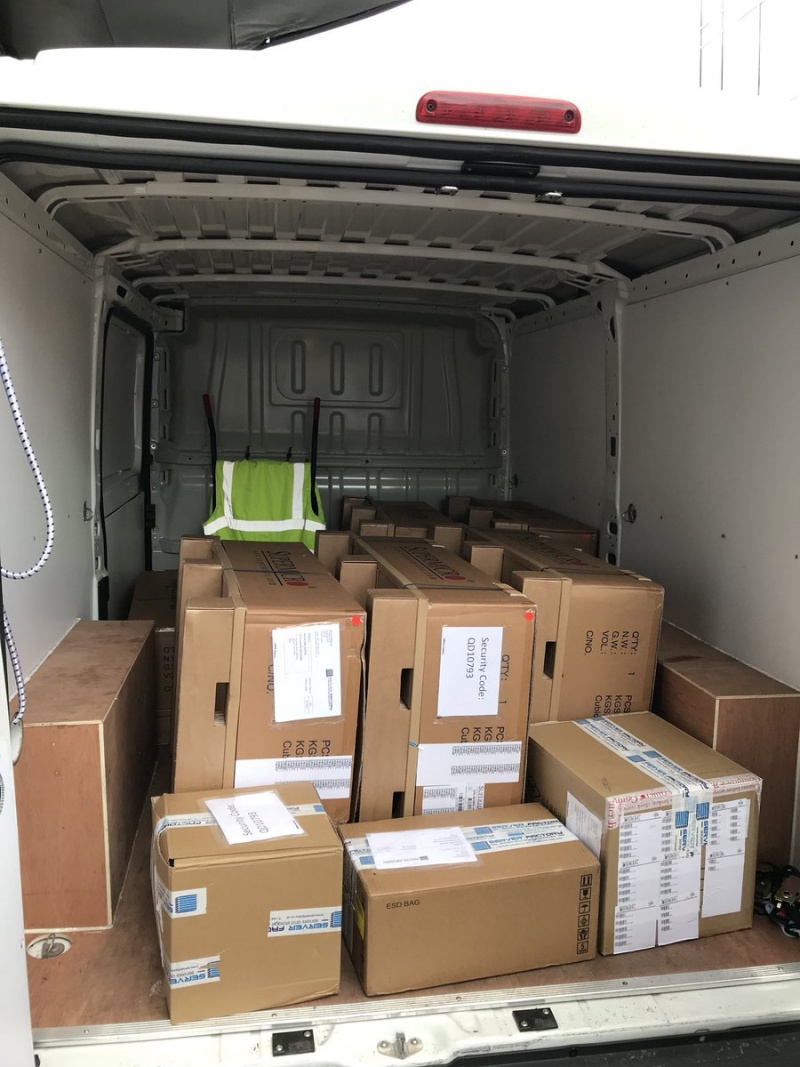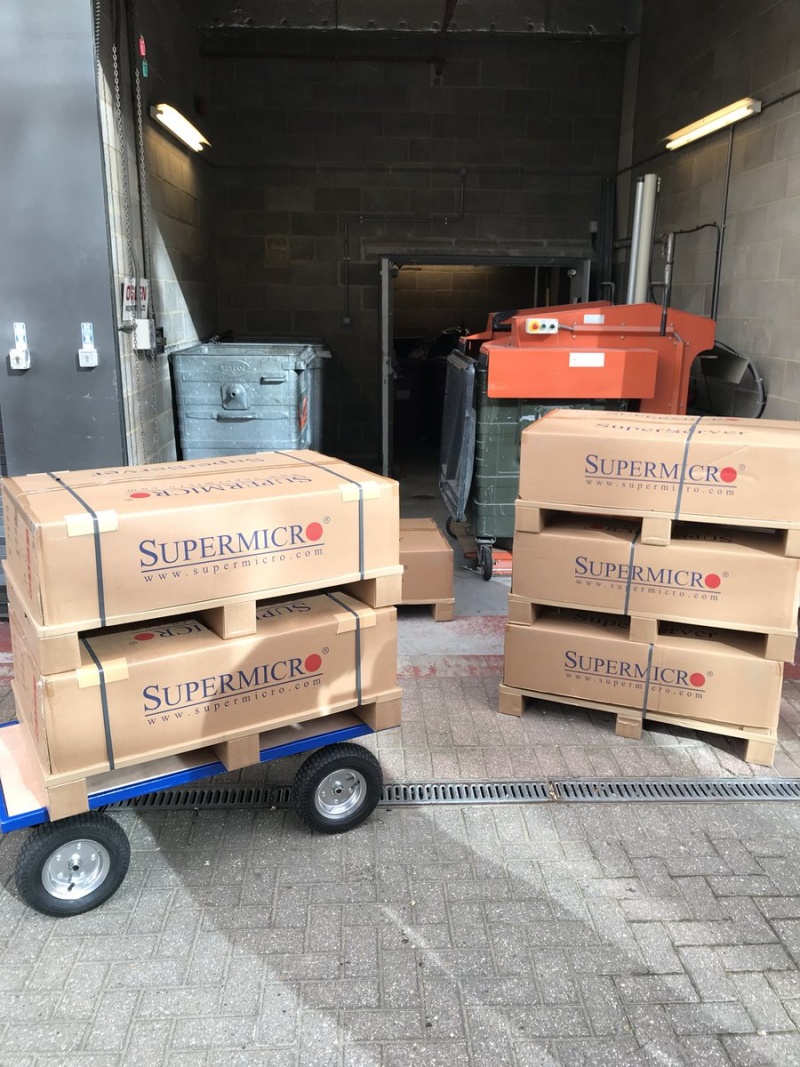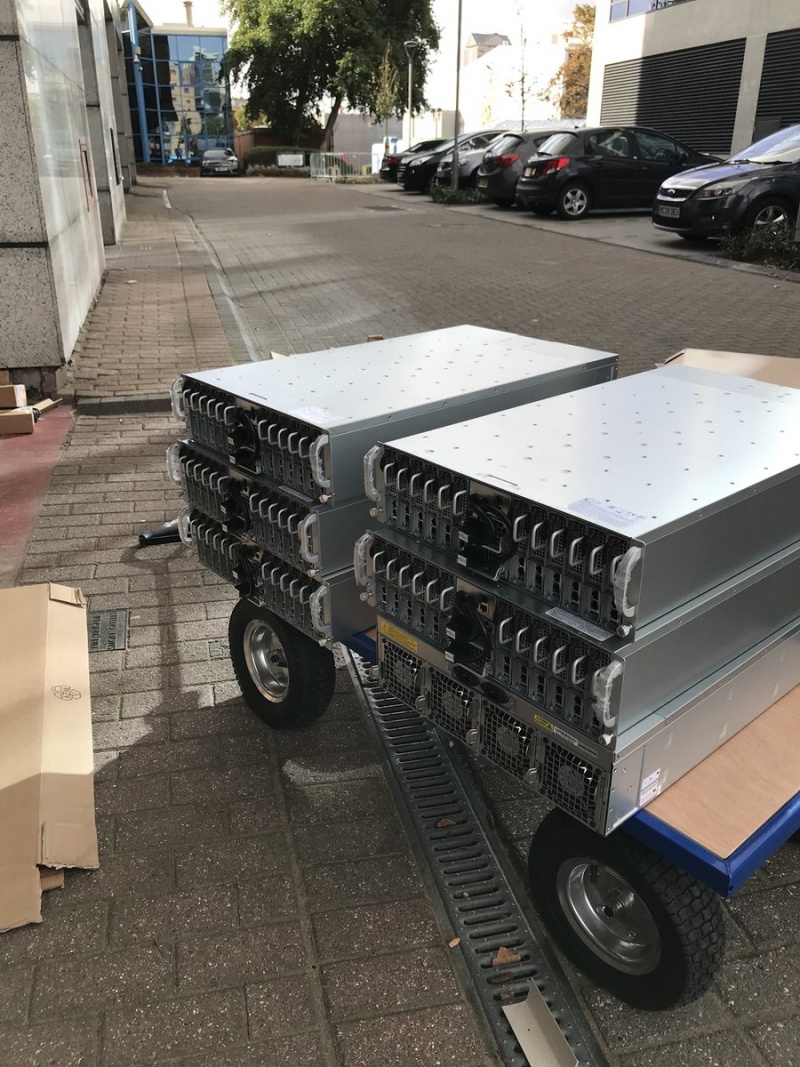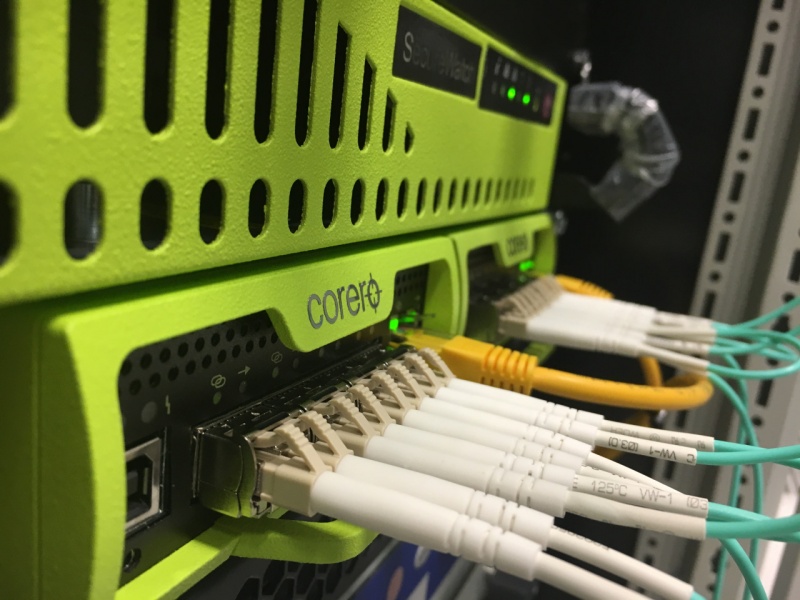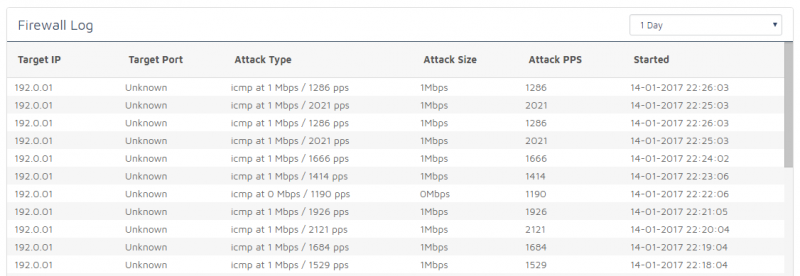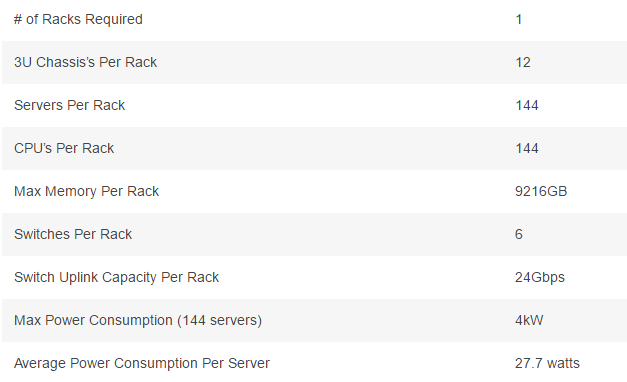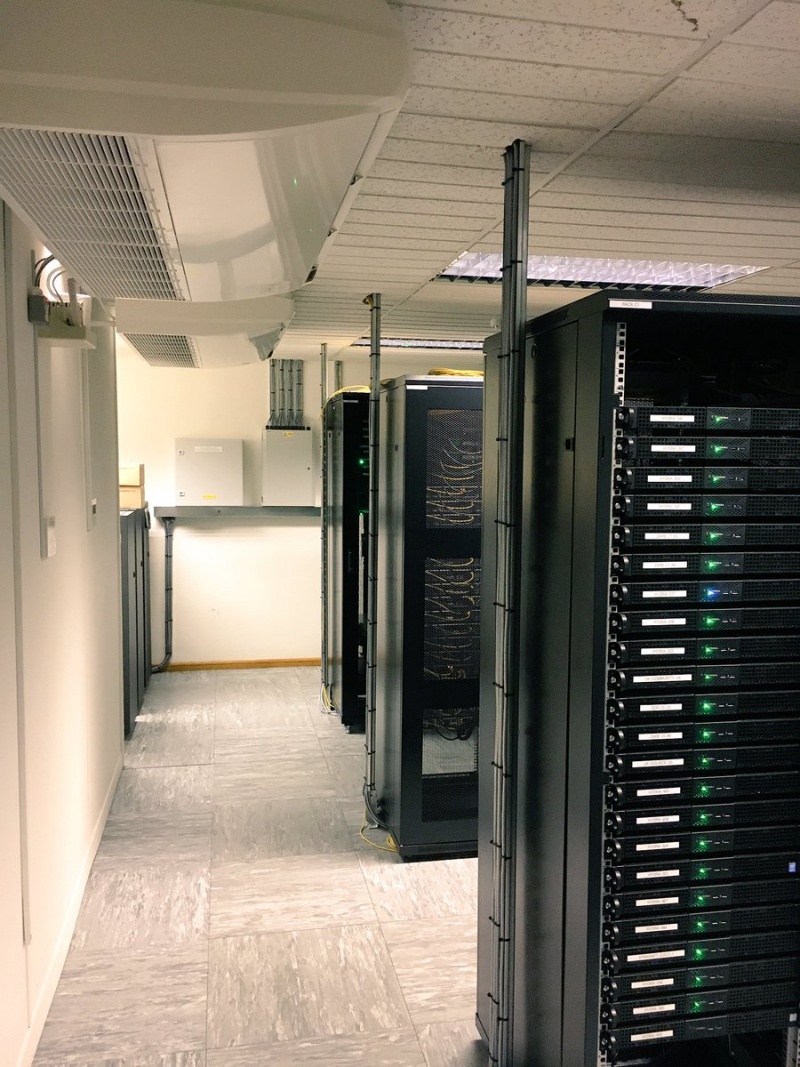2017 In Review (First GPU Builds)
Its been a big year for us here at Zare.com and we’re incredibly grateful to all our amazing customers. Thank you!

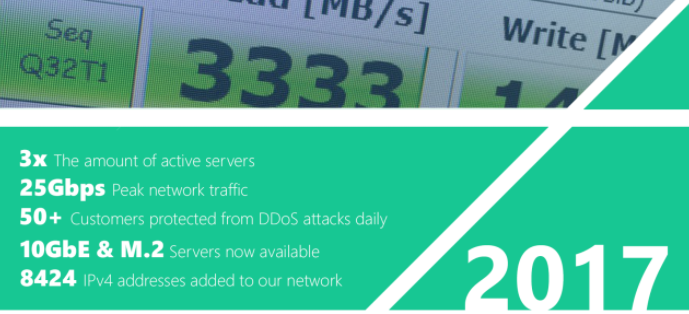
Next year will also see Hydra Communications (Zare’s parent company) move its headquarters to a larger office in Bristol and open a new one in London to fit our ever growing team of IT support analysts, technicians and account managers.
A few pictures from 2017
SuperMicro Deliveries — 12 Node Chassis

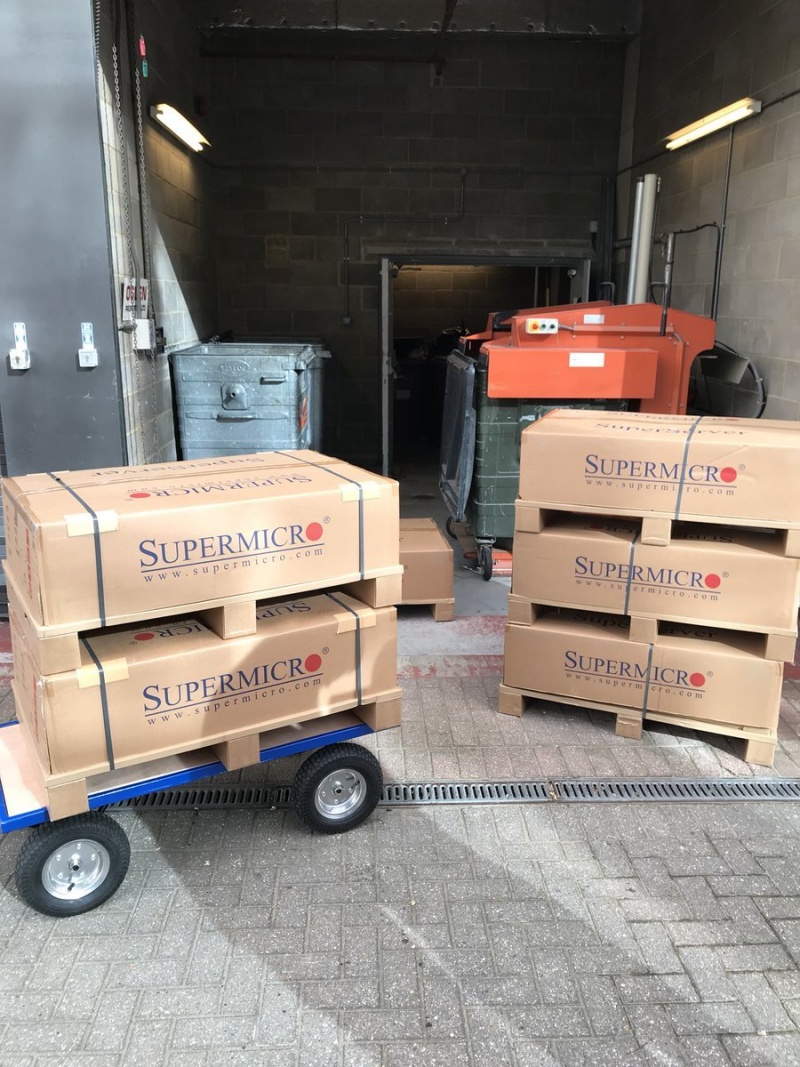
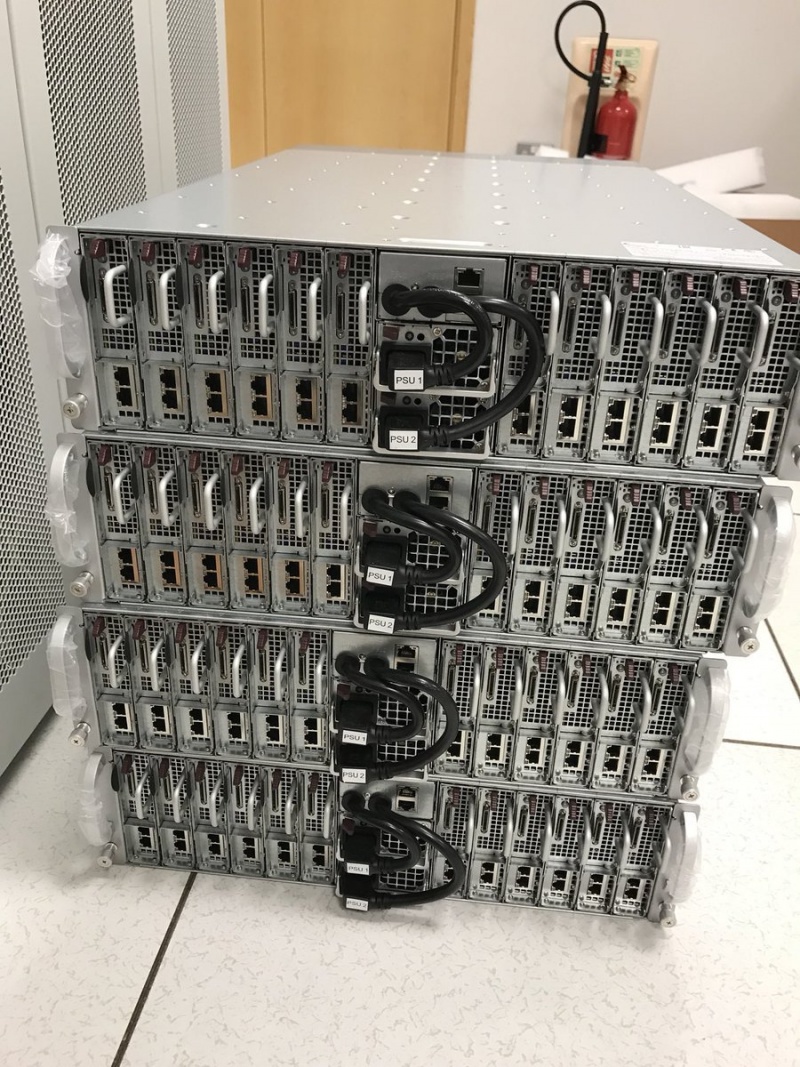
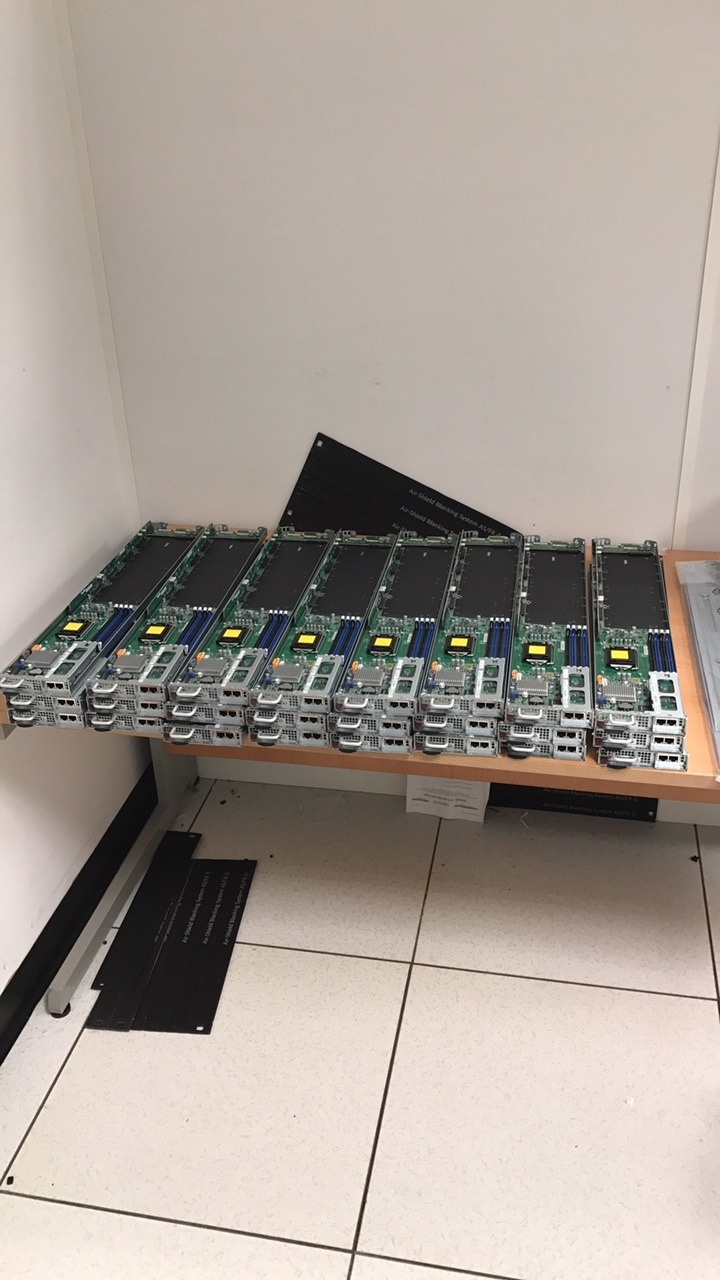
Upgrading Network Hardware — Phase 1
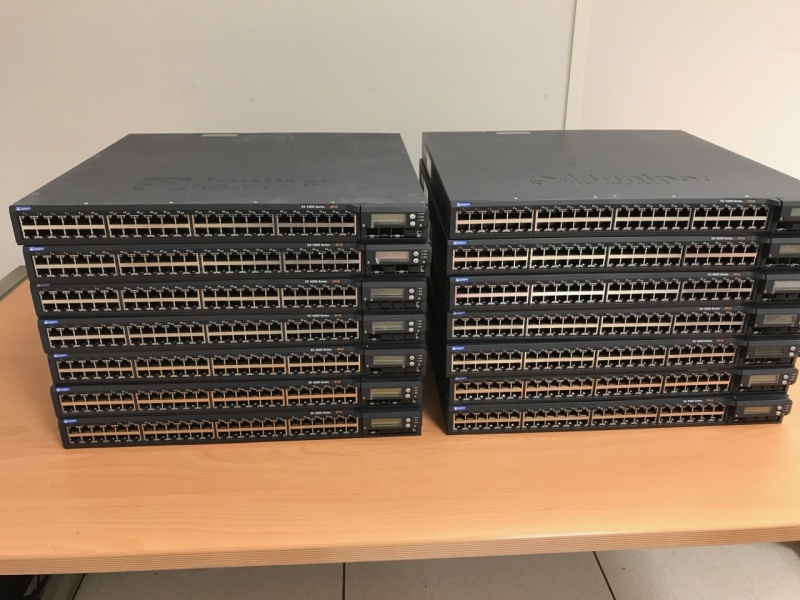
Front and Rear of Rack
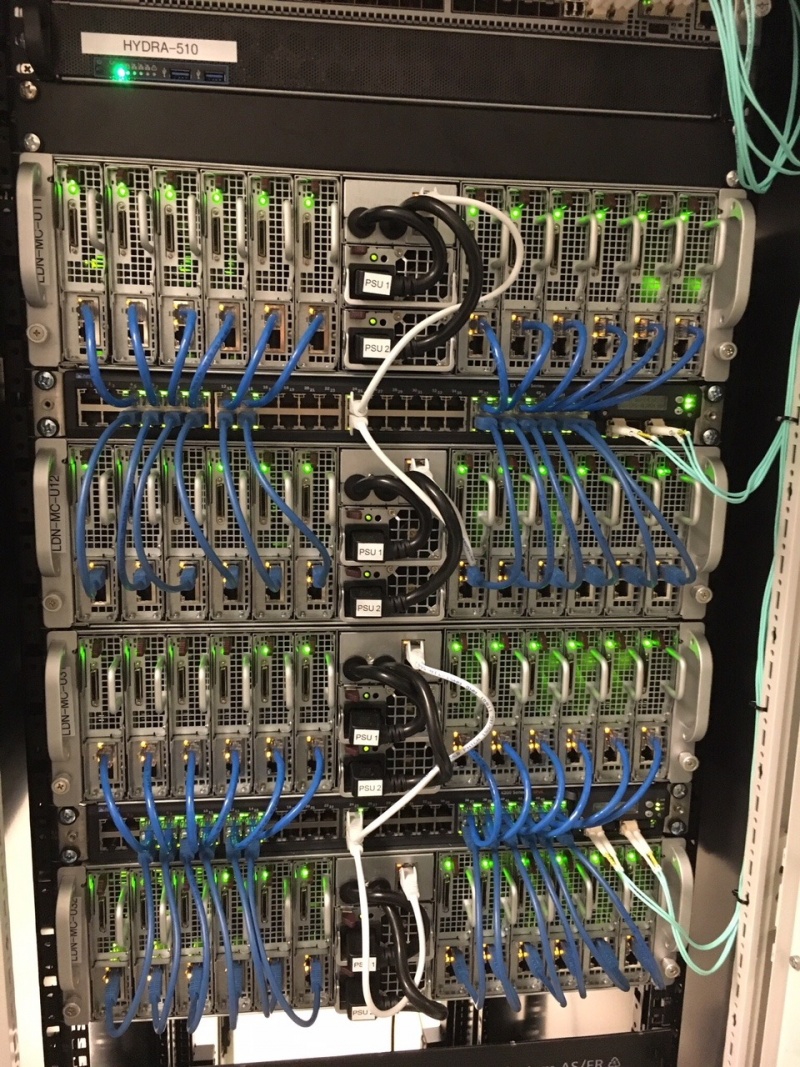
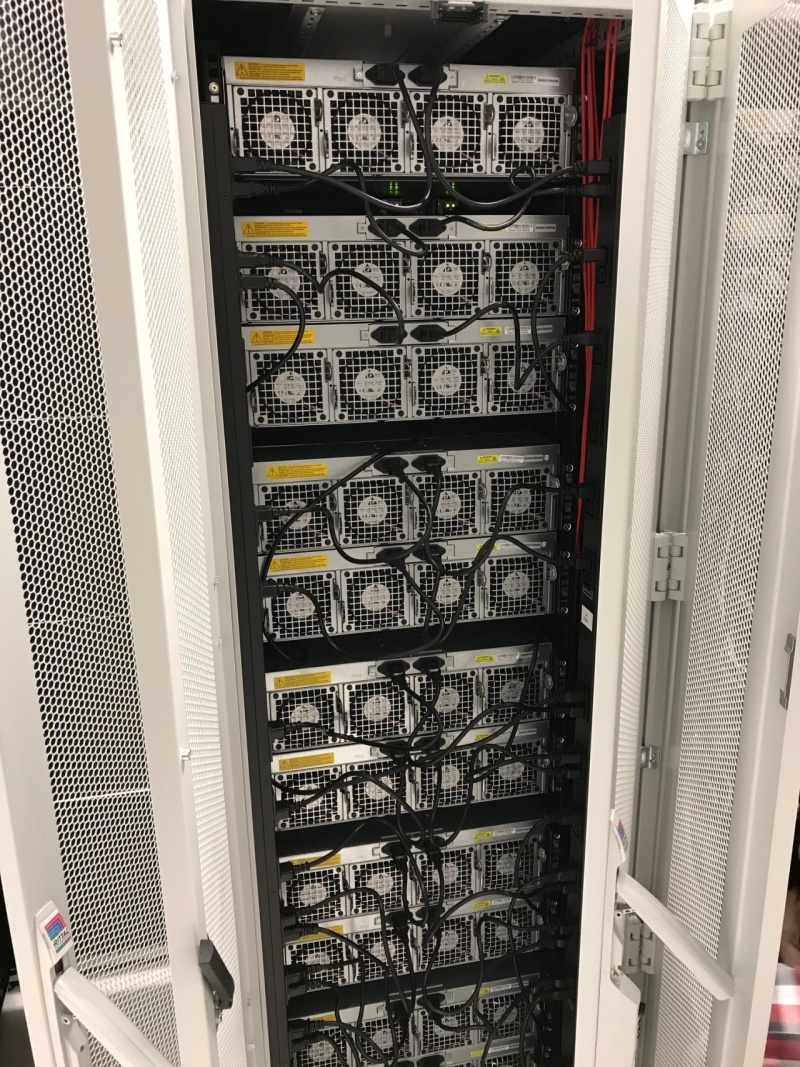
10GbE Setup and Patch Panels
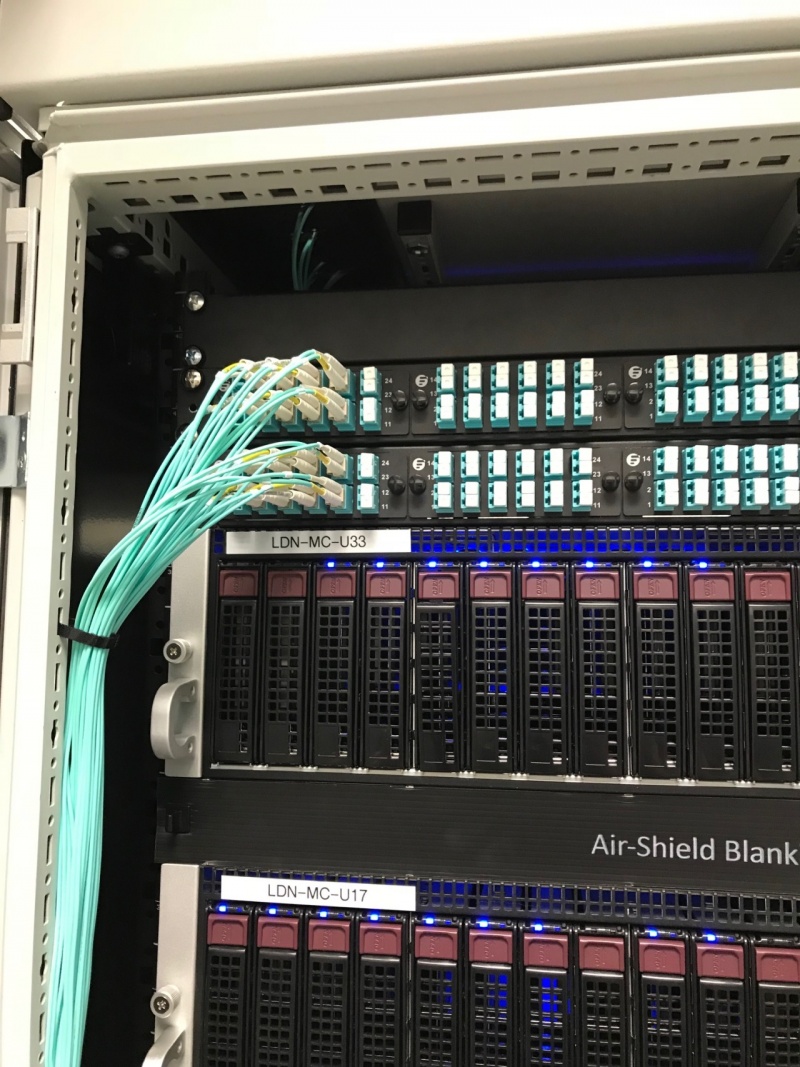
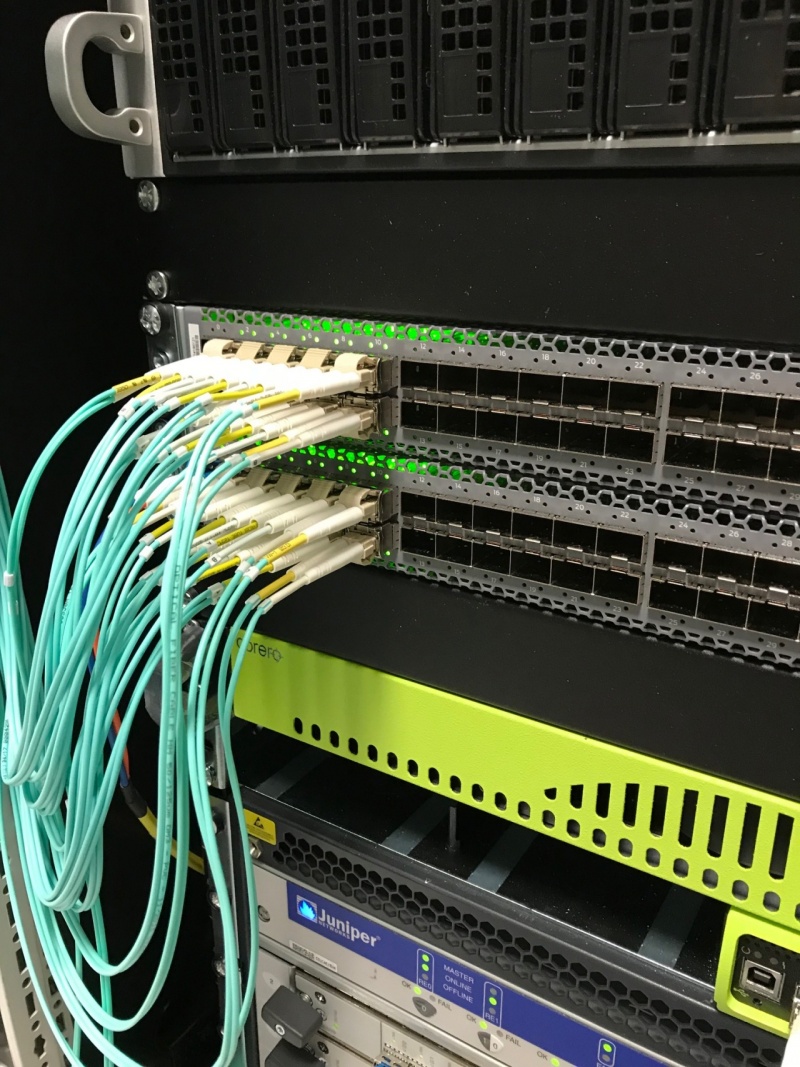
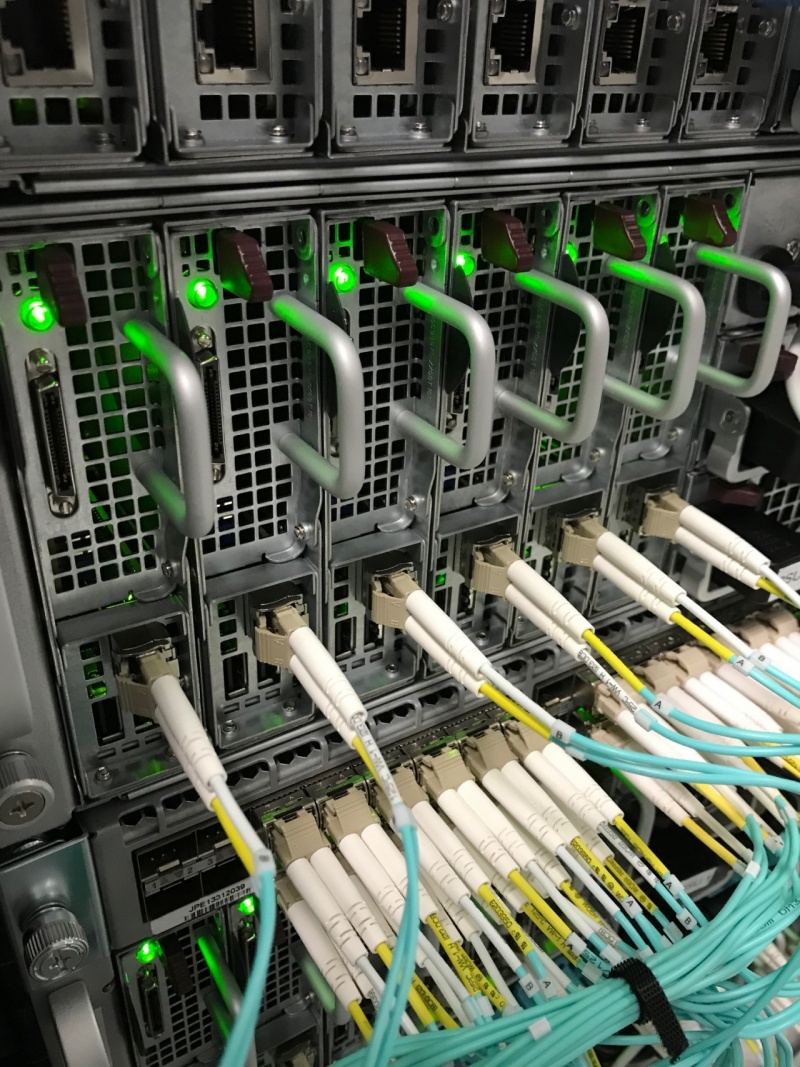
First GPU Builds

Stocking up the Bristol office
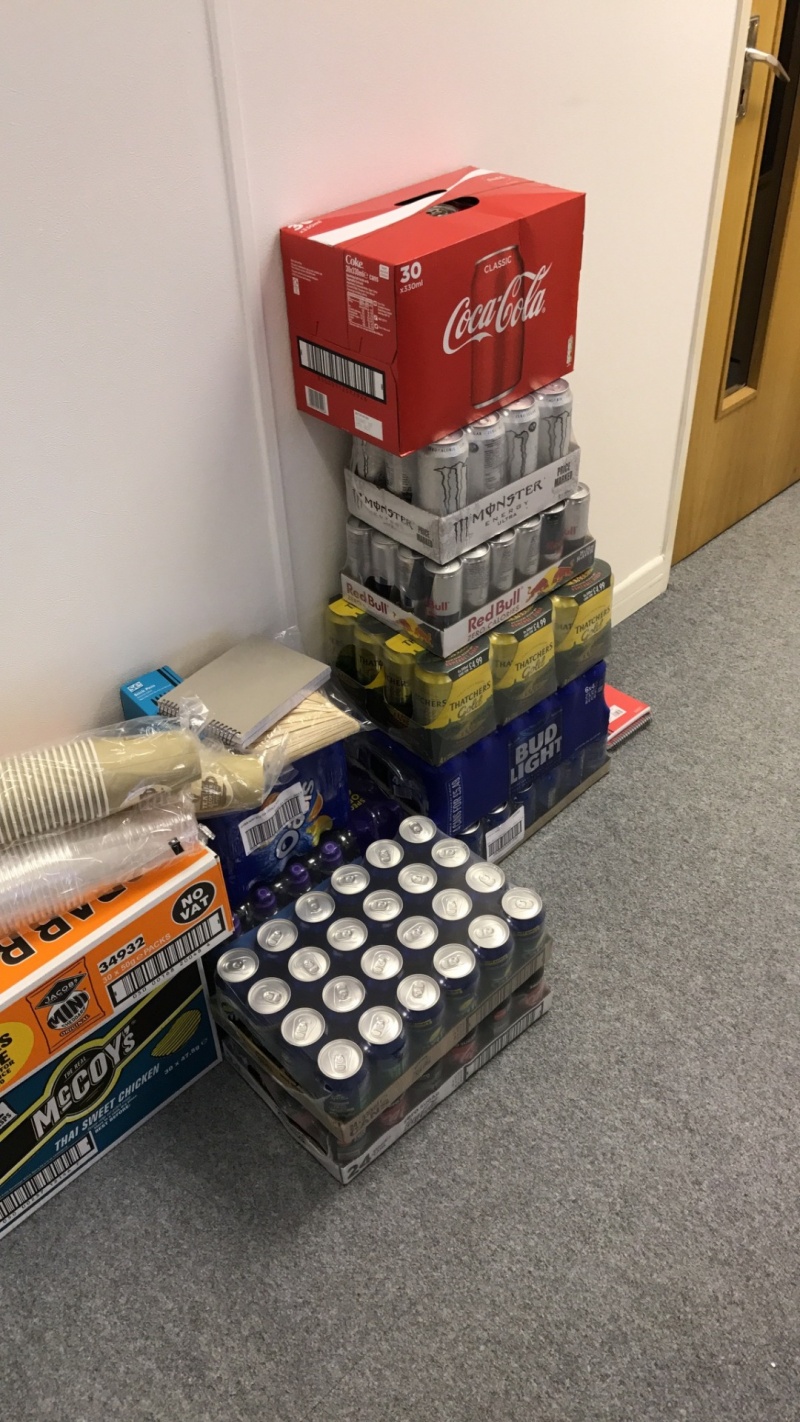

- 300% growth in total servers deployed
- 25Gbps peak outbound network traffic
- 50+ customers protected from DDoS attacks daily
- 2000+ suspect DDoS attack patterns blocked by our Corero SmartWalls daily
- Introduction of 10GbE network ports and M.2 storage
- 8424 IP addresses purchased and added to our network
- Switches upgraded to EX4200 with dual PSU’s

Whats in store for 2018?
We expect 2018 to be a big year for Zare with planned expansions to Amsterdam, increased network and DDoS filtering capacity, further investment in control panel features like blacklist monitoring, custom edge rules and sub users.Next year will also see Hydra Communications (Zare’s parent company) move its headquarters to a larger office in Bristol and open a new one in London to fit our ever growing team of IT support analysts, technicians and account managers.
A few pictures from 2017
SuperMicro Deliveries — 12 Node Chassis




Upgrading Network Hardware — Phase 1

Front and Rear of Rack


10GbE Setup and Patch Panels



First GPU Builds

Stocking up the Bristol office

